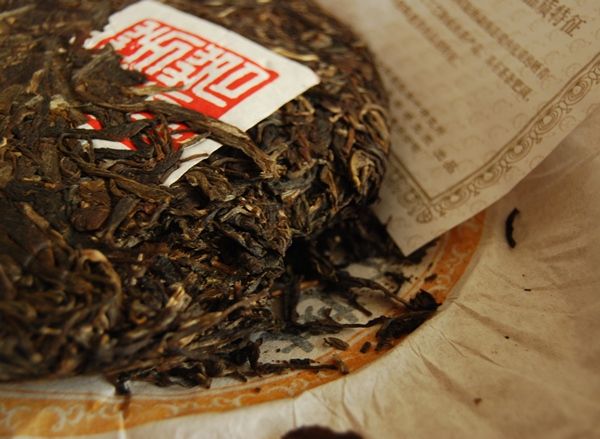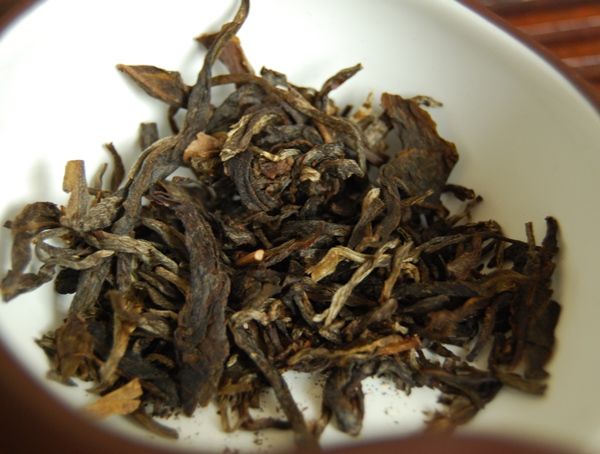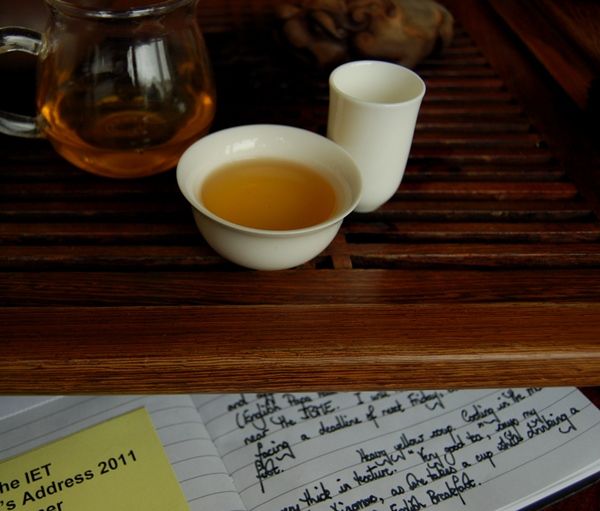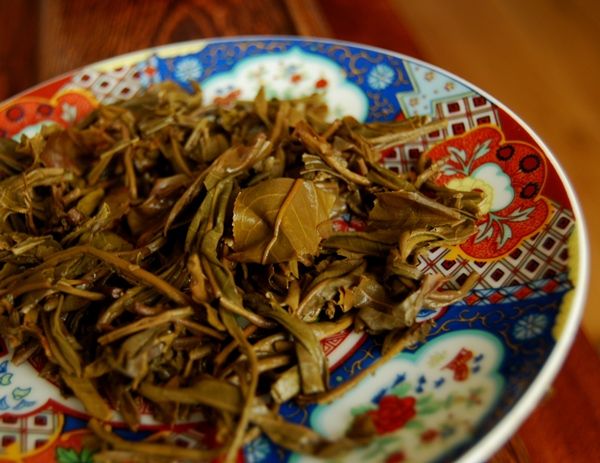In the chaos of Michaelmas term, I always forget how much more exacting is the process of interviewing prospective students, which takes place after the end of term. Interviews at our little university have rather a special place in the public eye, and there is extreme scrutiny from the press (which is, probably, a healthy activity). The original field of applicants contains many thousands of hopefuls, which are whittled down to a short-listing of 406 interviews. These interviews take place over five days, with each candidate being interviewed by two different colleges. Ultimately, my colleague and I have to pick six candidates to admit for our college - tutors at the other twenty or so colleges are doing the same. Given the critical nature of the proceedings, it is a duty that the university tends to take very seriously, to which we have to commit roughly one-to-two weeks of working time. At the end of it all, tea looks very appealing.
Firing up the tetsubin, I realise that this is the last cake from this year's trip to Fangmingyuan that I haven't yet tried at home. Xiaohu sits on knee while I drink, taking the odd sip from the pinmingbei, but mostly smacking the various wooden utensils in my chadao against the tea-table. If only one could buy little plastic gongfucha sets...
Firing up the tetsubin, I realise that this is the last cake from this year's trip to Fangmingyuan that I haven't yet tried at home. Xiaohu sits on knee while I drink, taking the odd sip from the pinmingbei, but mostly smacking the various wooden utensils in my chadao against the tea-table. If only one could buy little plastic gongfucha sets...
I tried this cake during both visits to Fangmingyuan in my recent trip to Beijing, and each time I remember being genuinely impressed. How will it translate into its new English home?
The wrapper is similar to the 2009 Jingmai in style and colour - orange and chunky.

As with the Jingmai cake, it is very pretty to look at. I appreciate the large leaves, and especially enjoy the fragrance, which is heavily sweet.

Just as in Maliandao, the soup turns out to be a satisfying clean yellow. As more of it gathers in the gongdaobei, it darkens into a solid orange, as pictured below.
"Very good tea", comments Lei, as she interrupts her own teapot of English Breakfast to take a cup of this Nannuo. Immediate impressions include the cooling nature of the soup on the lips and tongue, and its thick body that fills the mouth.

It is floral, in a manner that I associate with the fragrance used in certain soap. However, it is not a light an ethereal tea: it is solid, has a heavy base of sweetness, combined with a chunky "tea"-like component. Like many good maocha selections, it has no rough characteristics, but instead provokes a profound mouth-watering as it resonates in the finish. I am quickly reminded why we drank this in Xiaomei's shop.

Particularly significant is its endurance: after twelve infusions, it still delivers a potent, sweet, and thick brew, whereas so many lesser teas would have disappeared by the same stage. Testifying to its potency, I keep using "water-in, water-out" instantaneous brews, even after this many. For a young shengpu, it is quite unusual. The various Danzhen cakes from this year share the same ability to march on forever without diminishment, which gives me hope for their aging.
Delightful. What, then, is the catch? Simply, there isn't one. Xiaodi was very generous in letting me have this for a mere 150 RMB per cake. However, the Fangmingyuan shop on Taobao currently has these listed at 198 RMB, which is a major bargain for such a strong, long-lasting, and enjoyably fat Nannuo.
Heartily recommended.


1 comment:
I have a question rather than a general comment. I wanted to ask you how you think your tsetsubin affects the flavor of the tea. I have been considering investing in one. I could use some pointers before dropping a good chunk of coin on a handcrafted tsetsubin. Recommendations, feedback?
Post a Comment